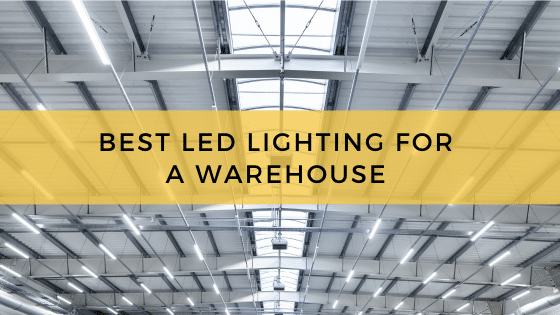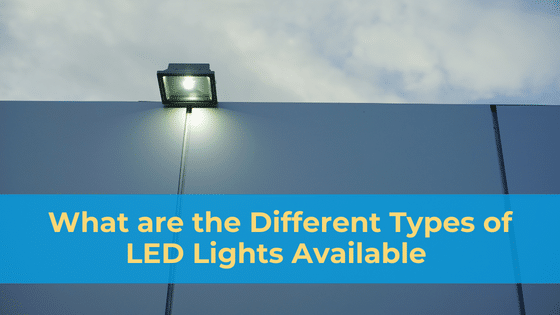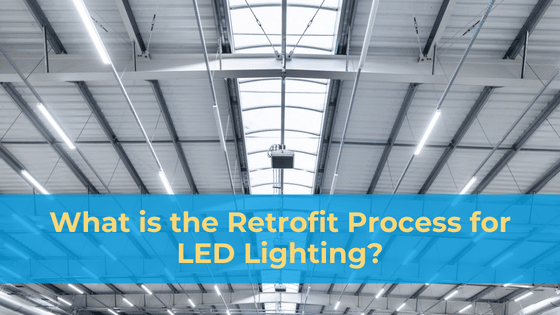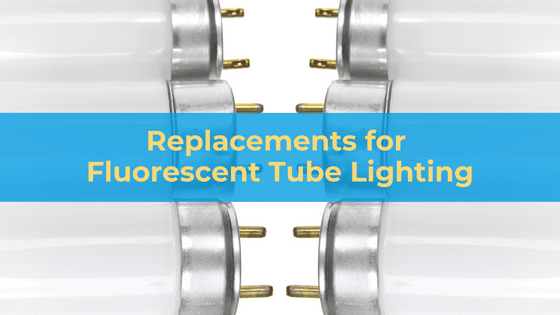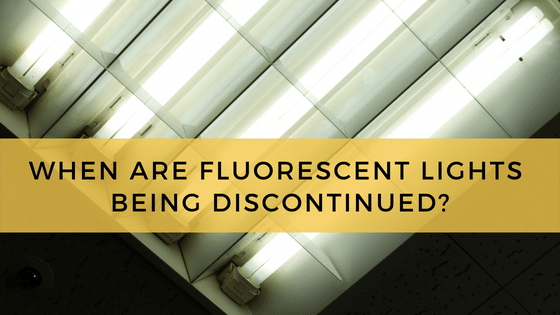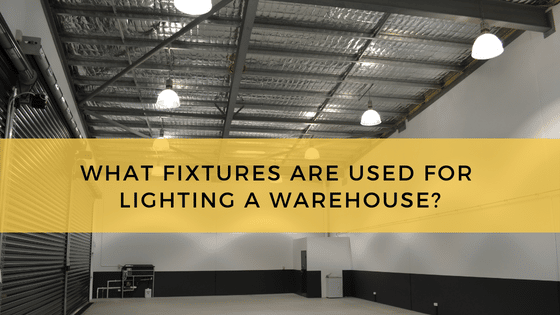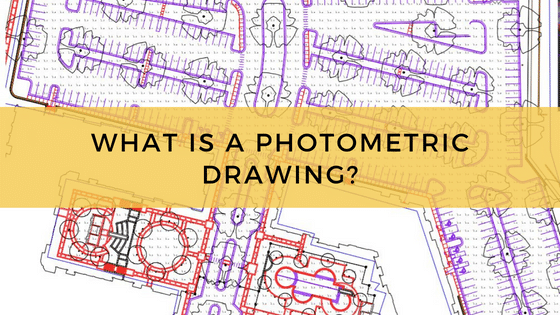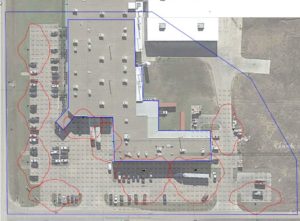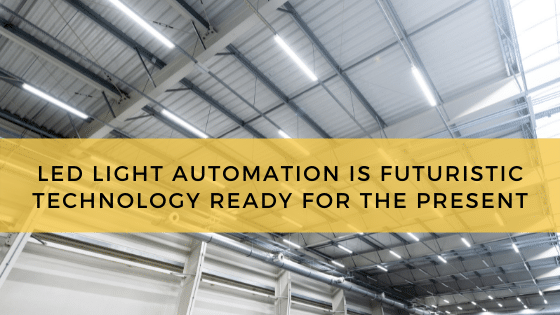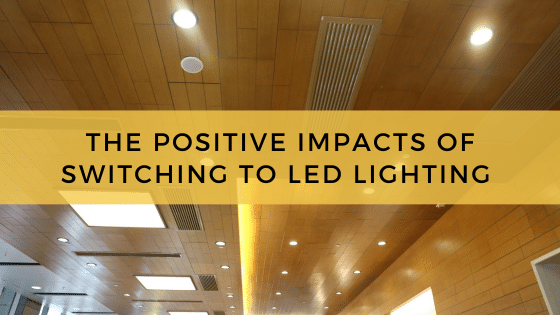
LED lights are becoming the frontline choice in an array of residential, commercial, and industrial lighting applications. LED’s march towards lighting domination has been ongoing for a couple of decades, but the benefits are now impossible for most companies to ignore. Better energy efficiency, reduced maintenance, greater productivity, excellent controllability, and better safety are all advantages associated with LEDs. We’ll take a closer look at each and how they add up to major impact.
Energy Efficiency: LED Lighting Offers Unmatched Energy Savings
LED bulbs make much better use of input electricity, with about 95 percent of received energy converted to light. That’s a massive jump from older lighting technologies, which generate considerable waste in the form of heat.
Each LED bulb is powered by a sophisticated semiconductor die that converts electricity to light at the atomic level. This is a far more precise way of turning energy into light, and the results are impressive.
Compared to fluorescent tubes, LED lights are up to 80 percent more efficient. LED technology has a similar advantage over metal halide lamps. The same is true of halogen, incandescent, compact fluorescent, high pressure sodium, and any other lighting option.
LED’s efficiency (along with its low maintenance nature) allows companies to quickly recoup their investment through reduced operating costs. That’s one advantage of LED. Another efficiency-related advantage is LED’s compliance with efficiency regulations – which are getting tougher all the time. These efficiency regulations have essentially removed incandescent and some fluorescent fixtures from the market, and the process will likely continue.
Though the future of lighting is always in development, it’s likely that LEDs will be the last light standing once federal and state governments are done passing efficiency regulations. For organizations that must be future-minded, this trend is an important one to pay attention to.
Longevity: LED Technology Lasts Longer Than Other Lights
LED lighting boasts the longest lifespan among all lighting products. On average, an LED fixture will provide around 50,000 hours of reliable performance – the longest life available among lighting options. That mark is around the baseline, too, as LED’s lifespan can range up to 100,000 hours in some cases.
It depends on the LED’s quality, which is why it’s important for companies to work with a reputable lighting supplier.
This extended lifespan greatly improves the technology’s ROI, as fewer replacement bulbs are needed to keep the system up and running. Even better, LED fixtures require minimal maintenance throughout their life, so businesses get the best of both worlds – longer life and less maintenance. With LEDs, companies can reduce their maintenance costs and minimize any maintenance-related disruption to their facilities.
Productivity: LED Lighting Provides Excellent Illumination Quality
When companies measure employee productivity, the facility’s lighting is often left out of the equation, but it shouldn’t be. Quality illumination is correlated with better visibility and, by extension, better productivity.
This is true in most common work settings. In warehouses, for example, adequate visibility is necessary for workers to quickly locate the right aisles and products. In manufacturing facilities, adequate visibility is necessary for quality control purposes. In office buildings, high quality lighting helps employees stay on task for longer without losing focus.
It’s a well-known fact that fluorescent lights, for instance, generate a greenish cast that people find undesirable. Worse, fluorescent tubes can trigger headaches – therefore sapping an employee’s productivity.
LED lighting, by contrast, emits full-spectrum illumination that mimics the color output of natural sunlight. Research is limited in this area, but early studies show that people respond well to spaces fitted with LED illumination. The result, on average, is a modest productivity boost that can add up in a big way if there are hundreds of employees inside the building. This is yet another way that LED technology can help organizations save money and quickly realize a return on their lighting investment.
Controllability: LED Lighting Can Be Paired with a Variety of Lighting Controls
As the modern lighting solution, LED lights are compatible with almost all modern lighting controls. And with smart use of lighting controls, businesses can ramp up their system’s efficiency and reliability further.
Timers, photocells, and occupancy sensors are all examples of this concept at work. Each one is designed to switch off lights when they are not in use, and to ensure they are on and running when they’re most needed – when workers are in the building. By strategically powering the lights on and off, facility owners can wring a bit more efficiency and longevity out of their LEDs.
It doesn’t have to be an all-or-nothing approach, either. Dimmers, for example, allow for precise control over each lamp’s brightness, so when there is ample natural light or when workers aren’t in the area, dimmers can reduce output. When workers are in the space, the lights can be brought back up in intensity. In all, LED’s compatibility with lighting controls adds up to longer lasting, more reliable fixtures.
Safety: LED Lighting Emits Less Heat and Contains No Toxic Mercury
LED lighting emits little heat and therefore isn’t a burn risk to anyone coming in contact with the fixture. LED’s low-heat design also places less of a burden on HVAC systems and makes for a more comfortable work environment.
LEDs also contain zero mercury, so if they rupture or just need to be replaced, there’s no need to separate LED lights into a specialized waste stream. Expired LEDs can be safely sent out through the company’s general waste stream – a hassle and money saver.
That’s not the case with fluorescent tubes, which contain mercury and therefore represent a health hazard if they need to be disposed of. By transitioning from fluorescent to LED lighting, companies can streamline their disposal methods and protect worker health.
The Positive Impacts of LED Lighting are Compelling
Ultimately, businesses keep an eye on their bottom line when considering upgrades or changes to their facilities. That includes lighting upgrades, and LED lighting makes a compelling case for itself. With superior energy efficiency, reliability, quality, controllability and safety, there’s a long list of reasons why businesses have decided on what lighting experts already know – that LED technology is the most promising lighting solution going forward.

